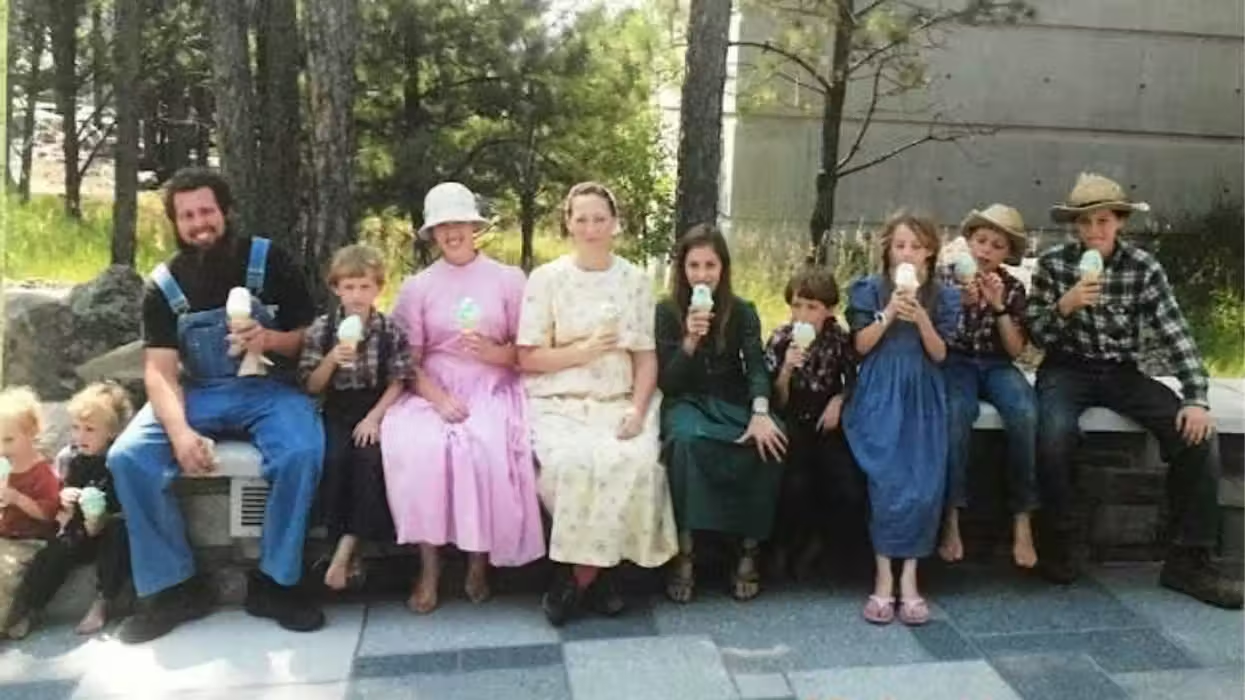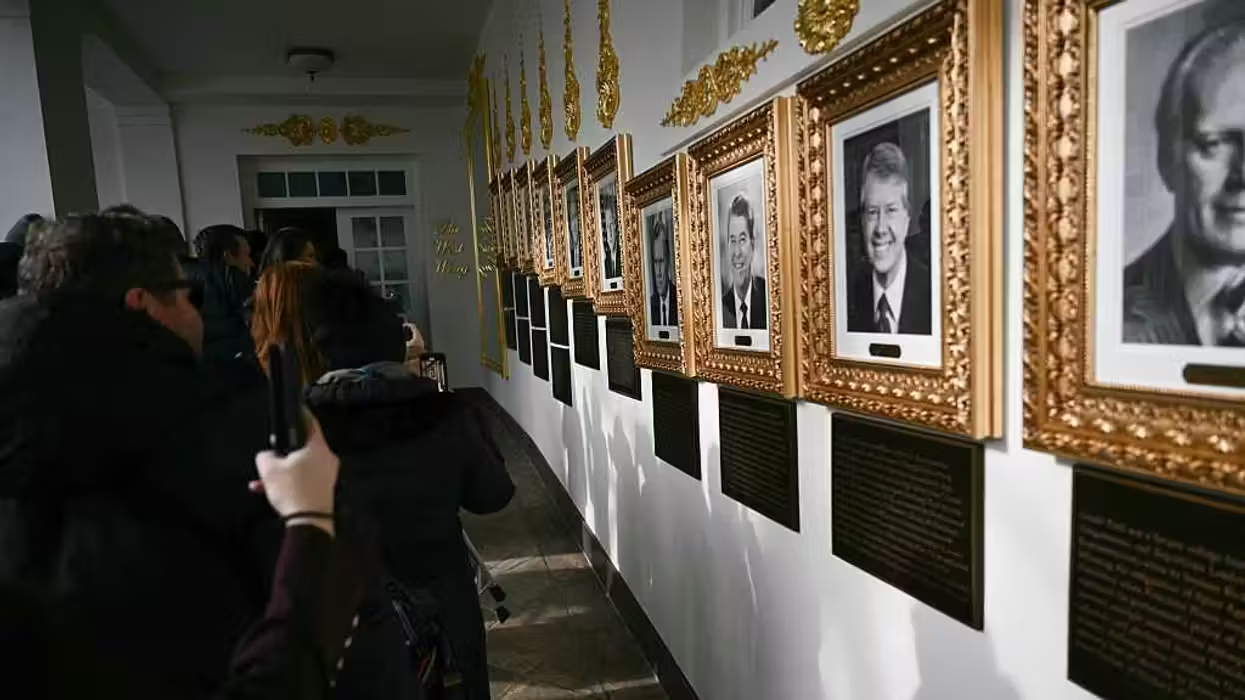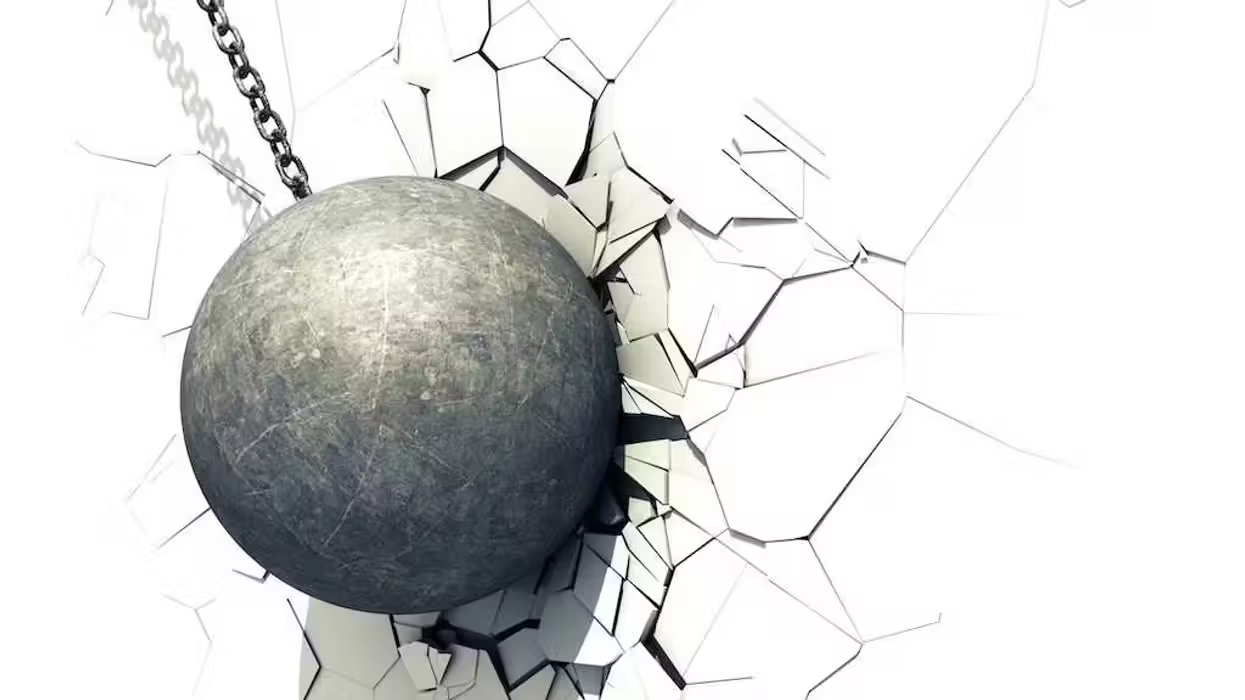
© 2025 Blaze Media LLC. All rights reserved.
“The hitherto impossible in photography is our specialty.”
Drone surveillance and photography is a hot topic these days with the rise of the aerial technology being used to document protests, to catch cow thieves, to monitor borders and to photograph various sites for entertainment, safety or insurance purposes.
Although the technology continues to make strides and expand its uses -- causing privacy concerns for some -- it might not be as new of an idea as we might think.
Photographer George Lawrence more than 100 years ago used a "captive airship" to take panoramic photos of U.S. cities from 600 to 1,000 feet high. The "captive airship," code for a system of kites, only held a camera -- no man -- and was not autonomous, but could be considered a precursor to "drone" photography.
These photos were taken from 1906 to 1908 of cities in California, Nevada, Missouri, Illinois, New York and more.
Cabinet Magazine, a few years ago, featured a few of Lawrence's images of the San Francisco earthquake aftermath. The publication stated that many deemed the composite at the time fake:
Manpowered flight was still in its haphazard infancy (the Wright brothers were granted a patent for their Flyer only six days before Lawrence took his photo), and, though Nadar had shot Paris from a hot air balloon in 1868, the even lighting in Lawrence’s aerial view of San Francisco placed its author under suspicion. The fact that Lawrence claimed to have taken his picture from a boat with a camera that had been fastened to a series of kites did nothing to reassure the skeptics.[...]
Lawrence had a photographic company in Chicago whose slogan was “The hitherto impossible in photography is our specialty.” He had earned the nickname “Flashlight Lawrence” because of his pioneering work with magnesium flares—experimentation that, according to an obituary published in 1939, caused “numerous explosions which burned off his hair, eyebrows, and mustache, and burst his eardrums.” His ingenious solution to these problems was a system that released a canvas bag over the discharged lighting apparatus so as to extinguish any fires and contain the smoke, allowing him to shoot indoor scenes without choking or setting fire to his subjects. He was hired to take panoramas of political conventions, legislative sessions, and festive occasions, to which he gave titles such as “Secretary Taft’s Philippine Party Dinner.”
Before taking aerial images with kites, Lawrence had more dangerous tactics, which Cabinet described as a telescoping tower that went as high as 200 feet and later hot air balloons that he modified and later fell more than 200 feet from (he lived).
 This is the system of kites Lawrence used to hoist the camera up into the air. (Photo: Chicago History Museum via Cabinet Magazine)
This is the system of kites Lawrence used to hoist the camera up into the air. (Photo: Chicago History Museum via Cabinet Magazine)
Once he got the idea to use kites, it took up to 17 to lift the 49-pound camera. But Lawrence wasn't the first to use this technique, according to Cabinet -- Frenchman Arthur Batut modeled it a couple decades prior.
(H/T: Daily Mail)
--
[related]
Want to leave a tip?
We answer to you. Help keep our content free of advertisers and big tech censorship by leaving a tip today.
Want to join the conversation?
Already a subscriber?
more stories
Sign up for the Blaze newsletter
By signing up, you agree to our Privacy Policy and Terms of Use, and agree to receive content that may sometimes include advertisements. You may opt out at any time.
Related Content
© 2025 Blaze Media LLC. All rights reserved.
Get the stories that matter most delivered directly to your inbox.
By signing up, you agree to our Privacy Policy and Terms of Use, and agree to receive content that may sometimes include advertisements. You may opt out at any time.






